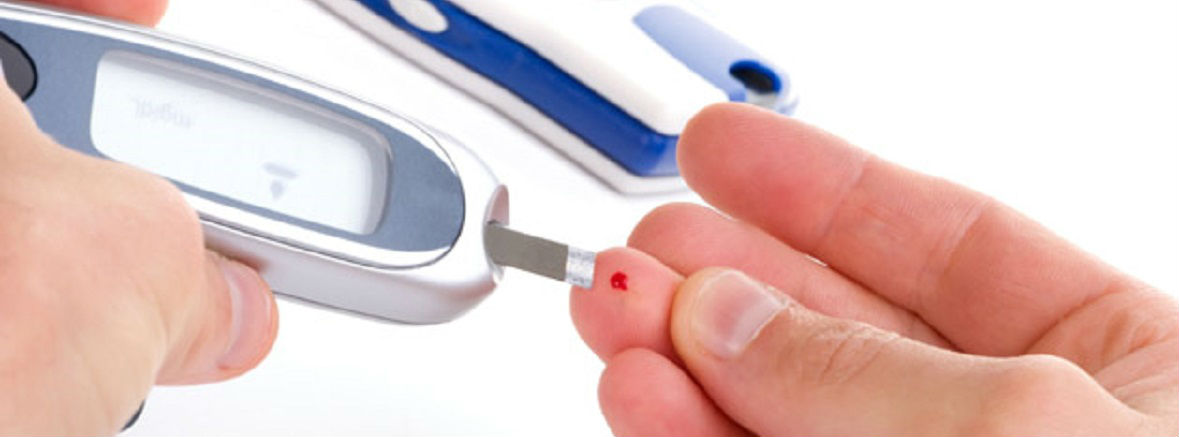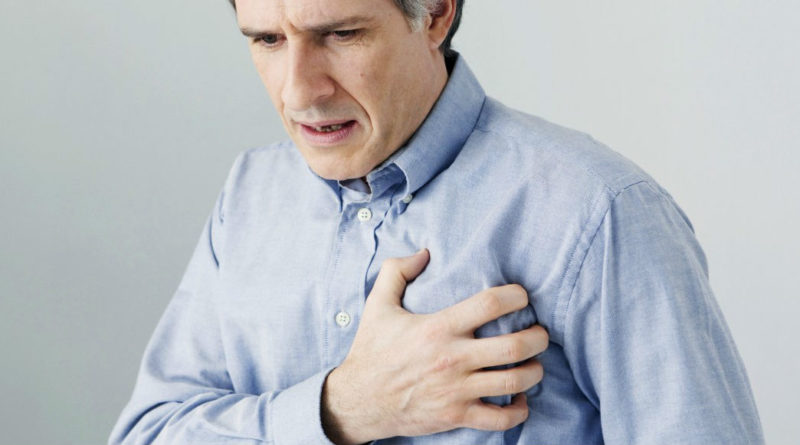REHABILITATION AFTER INFARCT
Life and health are the most valuable things that people have. That’s why victory in the fight against heart attack is so important. But when doctors win this fight, many patients wonder: “And what should we do next?”
The answer is simple – to live and enjoy the life. But in order to return safely to the usual life rhythm, you need to make a lot of efforts – you and your family. How long will the person live after the heart attack and what quality of his/her life he/she will have, it only depends on the patient’s lifestyle and the preventive measures for the second heart attack.
Rehabilitation after a heart attack. What does it mean?
Rehabilitation after a heart attack is a complex of measures for the patient’s health and working capacity recovery. It includes medical and social aspects. The first phase in the body recovery is inpatient stay in hospital. The doctors there will prescribe the Physical Therapy in parallel with the medicamentous body overcoming the “crisis”. These will be the first steps to the physical activity restoration.
PHYSICAL THERAPY RECOMMENDATIONS
Therapeutic exercises at the hospital stage should be conducted necessarily by the exercise physiologist. Although the complex for this group of patients is very sparing, nevertheless the load depends on the patient’s condition. A severe degree implies the complete rest during the first week. The exercise physiologist starts training moderately severe patients in 2 – 3 days.
On the 4th – 5th day the patient is allowed to sit on the bed for a while and to hang his/her legs down. Since the 7th day, he/she can take the first steps near the bed. In a couple of weeks, the doctor will allow the patient to “walk” through the ward. Since the 3rd week the patient is allowed to go out into the corridor. With the help of the exercise physiologist, the patient can try to overcome several stair steps. The number of steps and meters grows each day (up to 500 – 1000 m). The patient is under the care of doctors or relatives, because it is necessary to evaluate constantly his/her condition – by cardiac rate (heart rate – pulse) and arterial blood pressure level. For certainty, these outcome measures should be checked before walking (for half an hour) and after it (in half an hour).
If the treatment runs without any complications, the patient after a hospital treatment course is sent to a cardiological sanatorium somewhere in the suburbs. Long distance travels are forbidden to such kind of a patient. Within the 4-week rehabilitation course in the cardiological sanatorium the patient will receive:
Medicamentous therapy.
Psychotherapist’s help.
Dietetic nutrition.
Graduated exercises.
OUTPATIENT REHABILITATION

Heart attack patients are divided into 4 categories according to the infarction severity and the condition after the patient has come through it. The doctor determines it according to the diagnostic findings. For patients of the 1st and 2nd category a little harder physical activity is prescribed.
Sanatorium treatment is prescribed to such patients immediately after the hospital treatment and then after it – the course of recovery in the local outpatient clinic. Three times a week they should visit the physical therapy rooms, where they do exercises in 4 modes (sparing mode, sparing and training mode, and intensive training mode).
The individual physical rehabilitation program is based on determining the severity of the patient’s condition, the coronary insufficiency status, the complications existence and the heart attack nature. It is aimed at increasing the myocardium functionality, as well as improving the nutrition of the cardiac muscle by stimulating intracellular metabolic processes.
Within the program the doctor also carries out individual medicines selection for the patient. Such patients attend the psychotherapist seances. It is very important that a person would stop waiting for a second heart attack and would banish fear.
DOMICILIARY REHABILITATION
Using the exercise physiologists’ recommendations the patients should regularly do a set of exercises at home. These are morning exercises and walking. But they must not forget about self-control (to measure their blood pressure and pulse). It will be useful to purchase a pedometer for going for a walk – in such a way the patient will know the results of his/her training, and perhaps, will know about achievements. They should not forget about the alternation of loads and rest.
In order to deal with the disease quickly a person needs to forget that he/she is sick, he/she should believe in himself and his/her quick and final recovery. His/her relatives should work on it too. His/her house should have quiet and inviting atmosphere. A person should feel his/her need, helpfulness, should believe in his/her return to normal life, and maybe even believe in his/her return to his/her beloved work.
Some of the infarction patients belong to the 3rd and 4th functional class. Their rehabilitation program differs from the program for the patients of the first two classes. The goal of this program is to provide the patient with such a level of activity that he/she can be able to serve himself independently. Perhaps he/she would be able to perform little domestic offices or work on an intellectual field (remote work).
Physical rehabilitation of this group of patients is performed at home (exercise therapy, massage, walks in the yard, slow stair climbing for several steps). But the therapist and the cardiologist must periodically visit such a patient.
SAMOZDRAV RESPIRATORY SIMULATOR’S ASSISTANCE IN REHABILITATION

In order to quickly get back in the normal way of life, the patients can use the Samozdrav respiratory simulator. Regular trainings on this device will improve the blood supply to the heart. Especially it can be useful for that group of patients who undergo rehabilitation at home.
The patients can start simulator training just in 3 months after the heart attack happened. The Samozdrav simulator is useful both for the patient rehabilitation and for the prevention of a repeated infarction. Because using a hypercapnic mixture the spasm of blood vessels can be removed and the whole cardiovascular system performance can be improved.
Due to constant training the collaterals system is formed. It is a system of small blood vessels around the heart. Such vessels provide an alternative blood supply and a more adequate nutrition of the heart muscle.
Working on the Samozdrav simulator the patient recovers after his/her heart attack faster because the blood flow will be normalized and the coronary vessels load will disappear. The trainings on the Samozdrav simulator will produce the tangible results after 3-4 months, and it is a quite short period for such a serious ailment as a heart attack.
EMPLOYMENT OR DISABILITY
The last group of patients (3rd and 4th functional class) receives a disability group. The physical load is completely excluded for them. The patients of the 1st and 2nd class are found able-bodied, but there are some restrictions (they are engaged in light labor).
There is a list of prohibited professions, with the use of heavy physical labor, night shifts, long (day and 12 hours) duties. Also there are jobs where you need increased attention and the psycho-emotional stress is possible.
Postinfarction cardiosclerosis – with such a diagnosis, the heart attack patients are observed in the local polyclinic. One-year end of the disease, they can get a package ticket for sanatorium treatment. This should already be a sanatorium of a different type. It is to be wished that the climate would be habitual for the patient, because the sun and high humidity are harmful to this category of patients.
But absolutely all heart attack patients need to fight against harmful habits. It is forbidden to smoke and to drink alcohol. Excess weight is very harmful. It is proved that people who have had a heart attack, often suffer from obesity of one or another degree; they have high cholesterol level and high blood pressure.
Diet after the heart attack

In order to affect all three reasons at once, you need to reconsider your dietary structure. It is not necessary to force events and lose weight “immediately”. In the optimum way you should lose 3 – 5 kilograms per month. All the diets offered for the post-infarction state have general trends:
- Minimize the fatty food products of animal origin.
- Reduce the caloric content of food.
- Do not eat the feelings with sweets (carbohydrates).
- Exclude acrid condiments, spices, sauces.
- Restrict of salt consumption to 5 grams per day.
- Drink no more than 1.5 liters of liquid per day.
- Eat small meals up to 5 – 6 times a day.
We would like to provide the example of the daily ration of an overweight person, who has had a heart attack.
Weight reduction diet
- First breakfast. One hundred grams of light cottage cheese, a cup of coffee with milk and sugar-free.
- Second breakfast. Cole-slaw (170 g) with sour cream, no added salt.
- Lunch. Vegetarian cabbage soup (200 ml), 90 g of low-fat boiled meat, 50 g of green peas, 100 g of apples.
- Snack. One hundred grams of cottage cheese and 180 ml of rose hips tea.
- Dinner. Boiled fish (100 g) and vegetable stew (125 g).
- Before bed, at bedtime. Kefir (180 ml) and 150 g of rye bread.
We want to reiterate that this is an approximate diet for one day. This diet contains 1800 calories. For patients without the problem of excess weight, the diet significantly expands. The diet with a calorie content of 2500 – 3000 kcal is prescribed to such patients. The use of fats of animal origin and carbohydrates is limited. Also it should be 4-5 meals a day. It is useful to spend days of limited intake of food eating only apples (1.5 kg) or fresh cucumber (2 kg). For “ardent meat eaters” it is even allowed 600 g of low-fat meat plus a side dish of vegetables (fresh cabbage, green peas).
Doctors do not recommend strongly to such patients to drink alcohol – even the highest quality alcohol. It causes tachycardia and an undesirable increase in appetite. It is absolutely inadmissible to eat smoked products, fried, fatty sausages and sweets.
Infarct is not a death sentence. Adhering to certain recommendations, you will be able to restore your normal physical and mental state, return work capacity and live for more than one decade.

